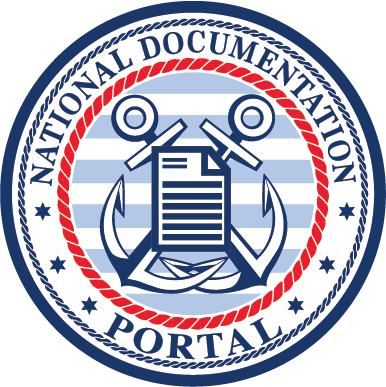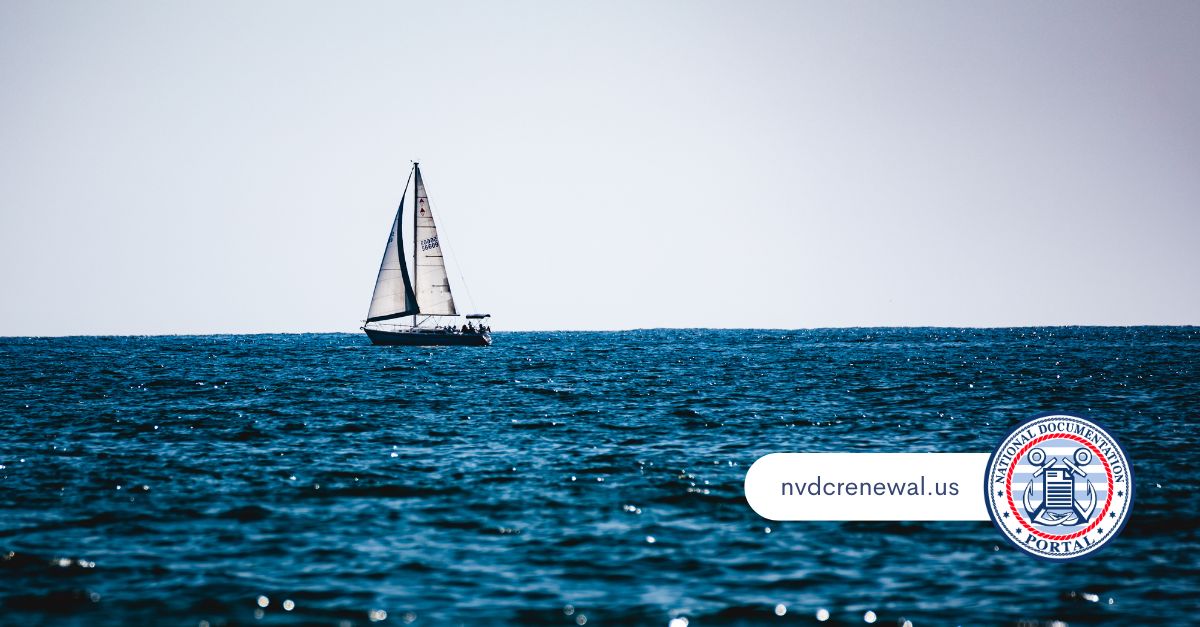Have you been looking for a simpler way to complete vessel documentation online? Does it seem like completing the forms you need is more difficult than ever? If so, our portal very well may be able to help.
Boat enthusiasts share a common sentiment – their passion lies on the water, with the wind in their hair as they embrace the journey ahead. However, there’s one aspect that seldom aligns with their fervor: paperwork. The bureaucratic intricacies of vessel documentation can be a buzzkill (to say the least) for those who crave the freedom of the water.
If you’ve found yourself grappling with boat paperwork, you’ve likely pondered, perhaps with a tinge of frustration, “How can I do this easier?” We can help in a wide variety of ways.
Why is Vessel Documentation Necessary?
The immediate response for many is simple – it’s the law. Vessel documentation is a form of governmental registration, a crucial mechanism that informs authorities about vessels registered in the United States. This isn’t merely a domestic concern; it holds weight in international waters as well. Possessing conclusive evidence of your vessel’s registration in America becomes invaluable when navigating foreign seas.
But why, you might ask, does this matter if you never plan to venture internationally? Two words: maritime commerce. Those engaged in activities that generate income from their vessels comprehend the pivotal role these documents play.
Access to specific trades, such as fisheries and coastwise trade, is contingent on possessing the appropriate documentation. In essence, without the right paperwork, your vessel could be barred from entering certain trades.
When Were Vessel Documentation Regulations First Set?
Contrary to the perception that vessel documentation is a recent imposition, it stands as one of the oldest functions of the United States government. Dating back to the 11th act of the First Congress, it has roots deeply embedded in the country’s history. The link between vessel financing and documentation, enhancing financing through preferred mortgages, goes back to the 20’s.
Where and How Do I Have to Mark My Vessel?
Something we’re often asked: do you need to display numbers on the side of your vessel? With the specific documentation discussed here, the answer is no. Instead, vessels are identified by the hailing port and the vessel’s name.
The inclusion of a hailing port prevents naming duplications, ensuring each vessel maintains its distinct identity. While vessel names must adhere to common-sense guidelines, such as avoiding obscene or overly long names, the hailing port serves as an additional layer of differentiation.
Placement of the vessel’s name and hailing port is not a one-time affair. These details must adorn the hull, port and starboard bow, stern, and even the interior. To comply, the letters and numbers must be at least four inches high, ensuring visibility. The rules surrounding vessel names might seem stringent, but they contribute to a seamless maritime experience, allowing boat owners to navigate waters without legal concerns.
A Better Place for Vessel Documentation Online
That’s what our portal is designed to be. Here, you can find and complete all of the forms you need at our site. Complete them at your convenience and we’ll take care of the rest. To see how we can help, click here.

